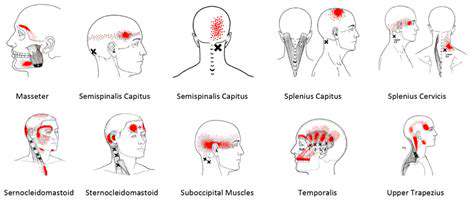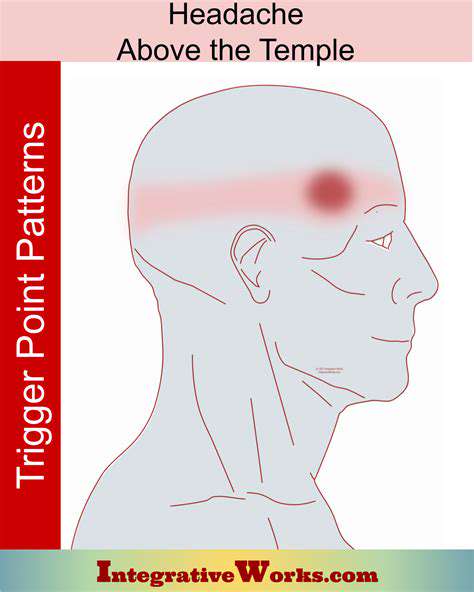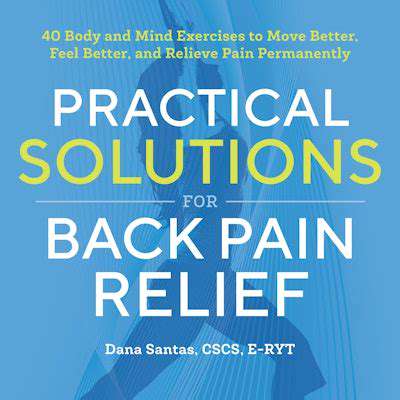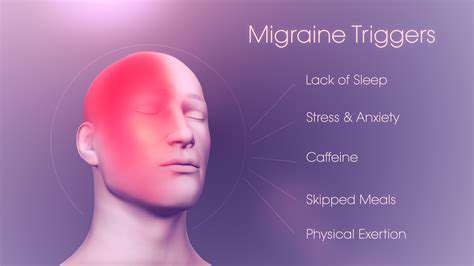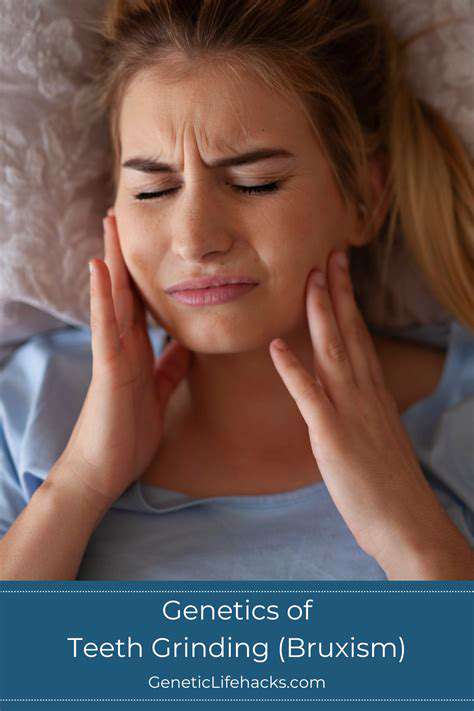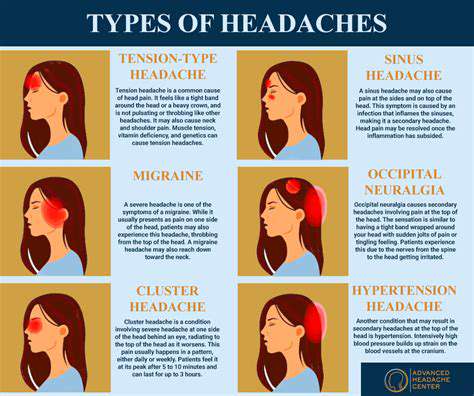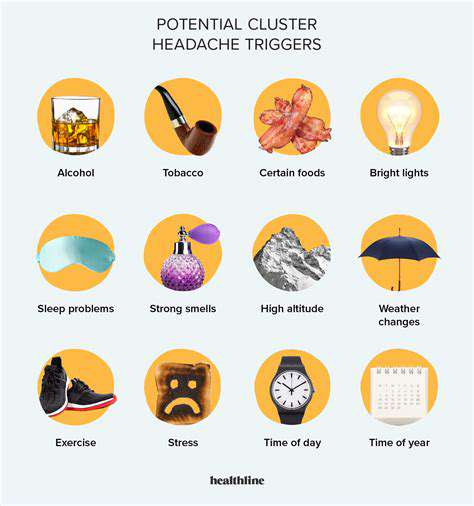Improve Your Daily Well being Despite Headaches
PMR's beauty lies in its adaptability. Whether you have five minutes or fifty, at home or traveling, this technique delivers results. Regular practitioners often experience fewer tension headaches, improved sleep quality, and greater overall relaxation. It's particularly valuable for those with desk jobs or high-stress lifestyles, offering a quick reset button for accumulated tension.
Nourishing Your Body for Headache Relief
Dietary Strategies for Headache Prevention
What we consume profoundly impacts headache frequency and intensity. Many discover that certain dietary choices serve as invisible triggers. Keeping a detailed food journal for several weeks can reveal surprising connections between meals and subsequent headaches. Common culprits include aged cheeses, processed meats, alcohol, and artificial sweeteners, though individual responses vary widely.
Hydration deserves special attention—even mild dehydration can trigger pounding headaches. Carry a reusable water bottle and sip consistently throughout the day. Herbal teas and water-rich fruits like watermelon or cucumber can supplement plain water. Be mindful of caffeine—while some find it relieves headaches, others experience rebound effects when consumption fluctuates.
Lifestyle Adjustments to Combat Headaches
Movement matters more than we often realize. Regular, moderate exercise—whether yoga, swimming, or brisk walking—improves circulation and releases endorphins, nature's pain relievers. Consistency proves key; sporadic intense workouts may actually trigger headaches in some individuals.
Sleep hygiene plays an equally crucial role. Maintaining consistent sleep/wake times—even on weekends—helps regulate your body's internal clock. Create a pre-sleep ritual that signals winding down: perhaps gentle stretching, reading fiction, or listening to calming music. These cues help transition your nervous system into rest mode, reducing the likelihood of sleep-related headaches.
Supportive Therapies for Headache Relief
When headaches strike, strategic interventions can provide relief. Temperature therapy—alternating warm compresses on tense neck muscles with cool cloths on foreheads—offers drug-free comfort. Acupressure techniques, like gently massaging the space between thumb and forefinger, may help some individuals.
For persistent issues, consider consulting specialists. Physical therapists can address postural contributors, while licensed acupuncturists may rebalance energy flow. Always verify credentials and seek referrals when exploring complementary therapies. Some find relief through biofeedback training, learning to consciously influence physiological processes typically beyond voluntary control.
Crafting a Supportive Sleep Routine
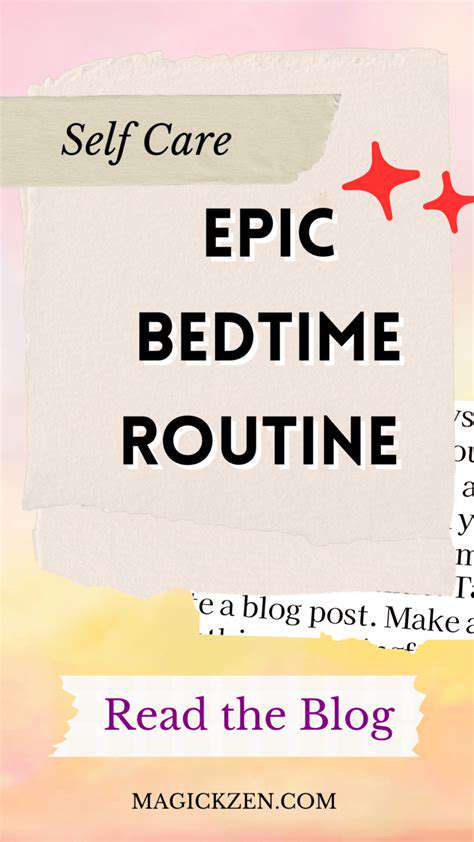
Establishing a Consistent Bedtime
Our bodies thrive on predictability. Maintaining regular sleep/wake times—even on weekends—strengthens circadian rhythms. This consistency allows your body to anticipate and prepare for sleep, making the transition smoother and more restorative. Deviations of more than an hour can disrupt this delicate balance, potentially leading to several days of sleep disturbances.
Develop a personalized wind-down routine—perhaps incorporating light stretching, gratitude journaling, or calming music. The key lies in consistency and personal relevance; choose activities that genuinely relax you rather than following generic advice. Over time, these rituals become powerful sleep cues, triggering physiological changes that promote drowsiness.
Optimizing Your Sleep Environment
Transform your bedroom into a sleep sanctuary. Light pollution disrupts melatonin production—consider blackout curtains or a quality sleep mask. Temperature significantly impacts sleep quality; most adults sleep best between 60-67°F (15-19°C). Your mattress and pillows should support proper spinal alignment without creating pressure points.
Remove sleep disruptors like visible clocks (which can fuel anxiety about sleeplessness) and electronic devices. If possible, reserve your bedroom exclusively for sleep and intimacy—this strengthens mental associations between your bed and restfulness. For urban dwellers, white noise machines can mask disruptive sounds without becoming sleep dependencies.
Incorporating Healthy Habits
Nutrition and sleep share a bidirectional relationship. Avoid heavy meals within three hours of bedtime, but consider light snacks if hunger might wake you. Tart cherry juice contains natural melatonin, while bananas offer magnesium and potassium—both supporting muscle relaxation. Alcohol may induce sleep initially but typically fragments sleep later in the night.
Time your exercise wisely—morning or afternoon workouts generally enhance sleep, while vigorous evening activity may delay sleep onset. Develop a worry time earlier in the evening to address concerns, preventing bedtime mental chatter. If sleep doesn't come within 20 minutes, move to another dimly lit space until drowsiness returns, preserving your bed's sleep association.
Integrating arts into STEM education cultivates creative problem-solving skills essential for innovation. When children engage in artistic expression, they develop flexible thinking patterns that transfer beautifully to scientific inquiry. This interdisciplinary approach nurtures curiosity and resilience—qualities that serve learners throughout their lives.
